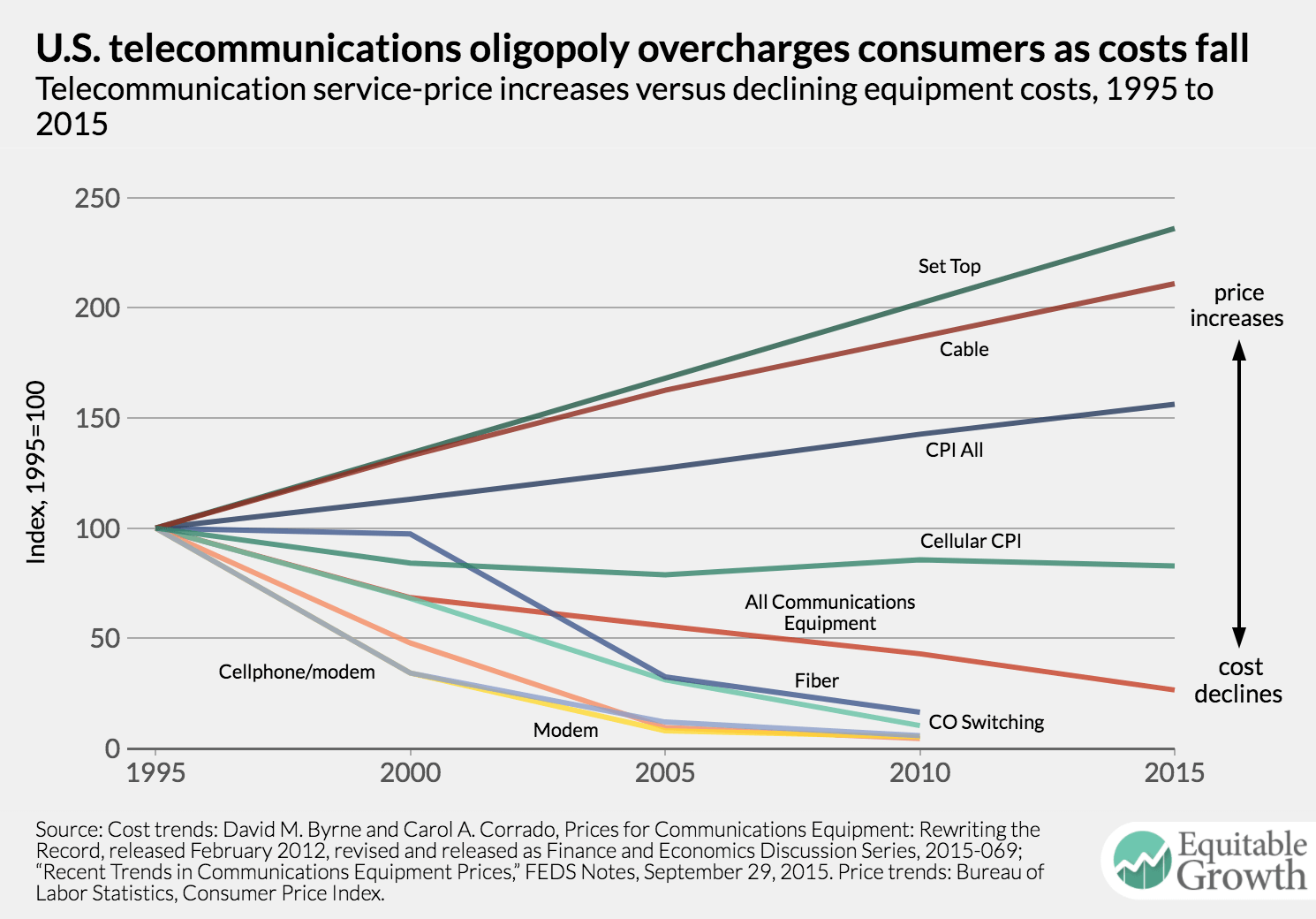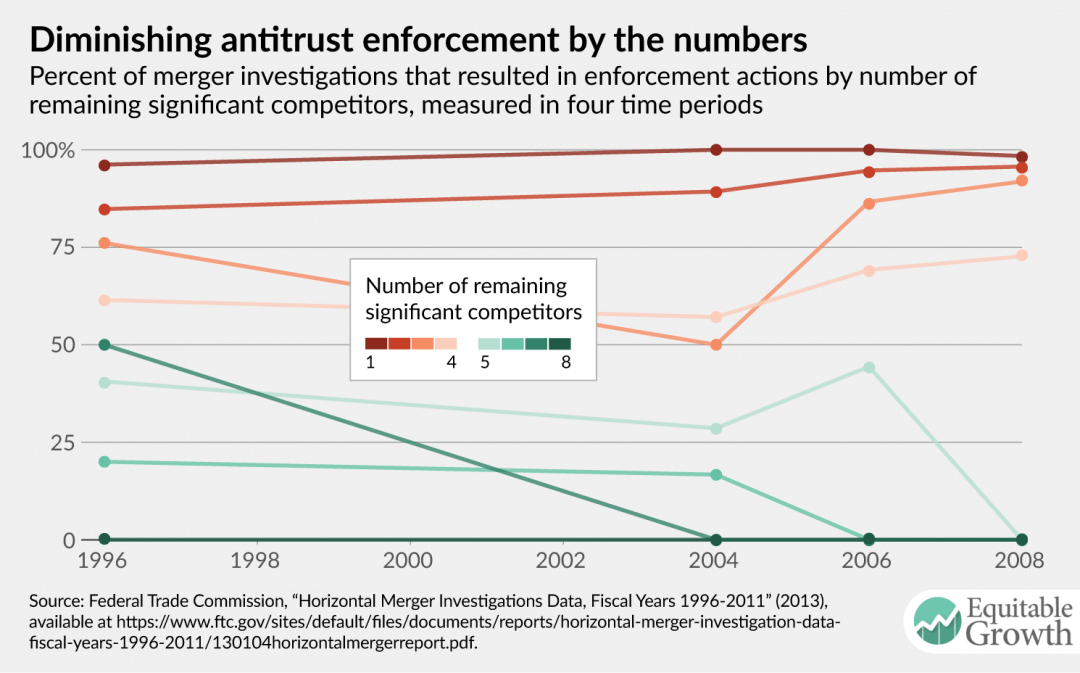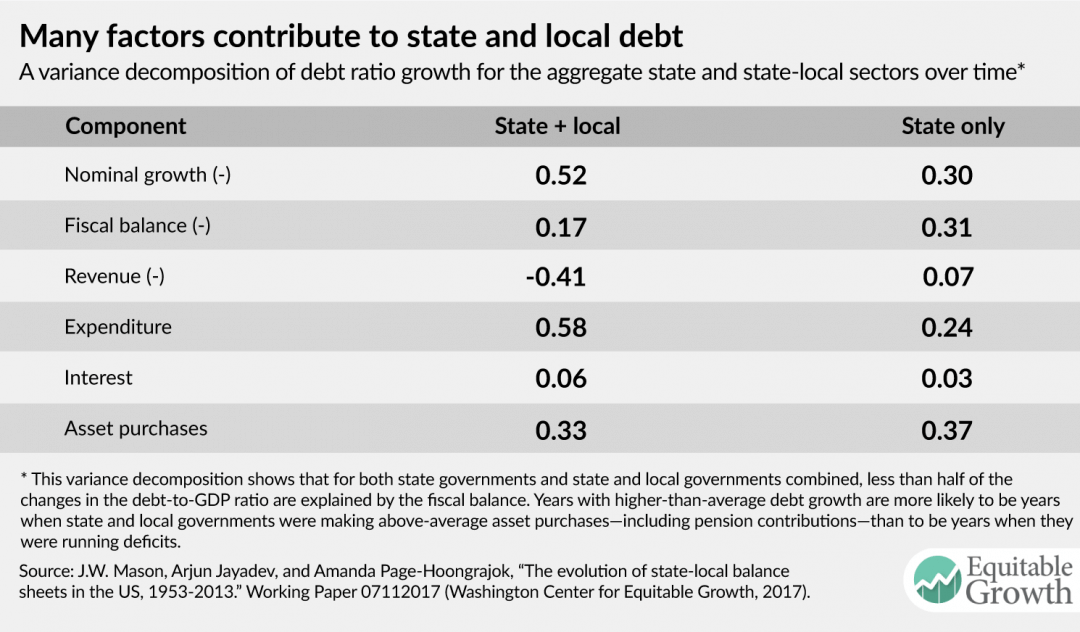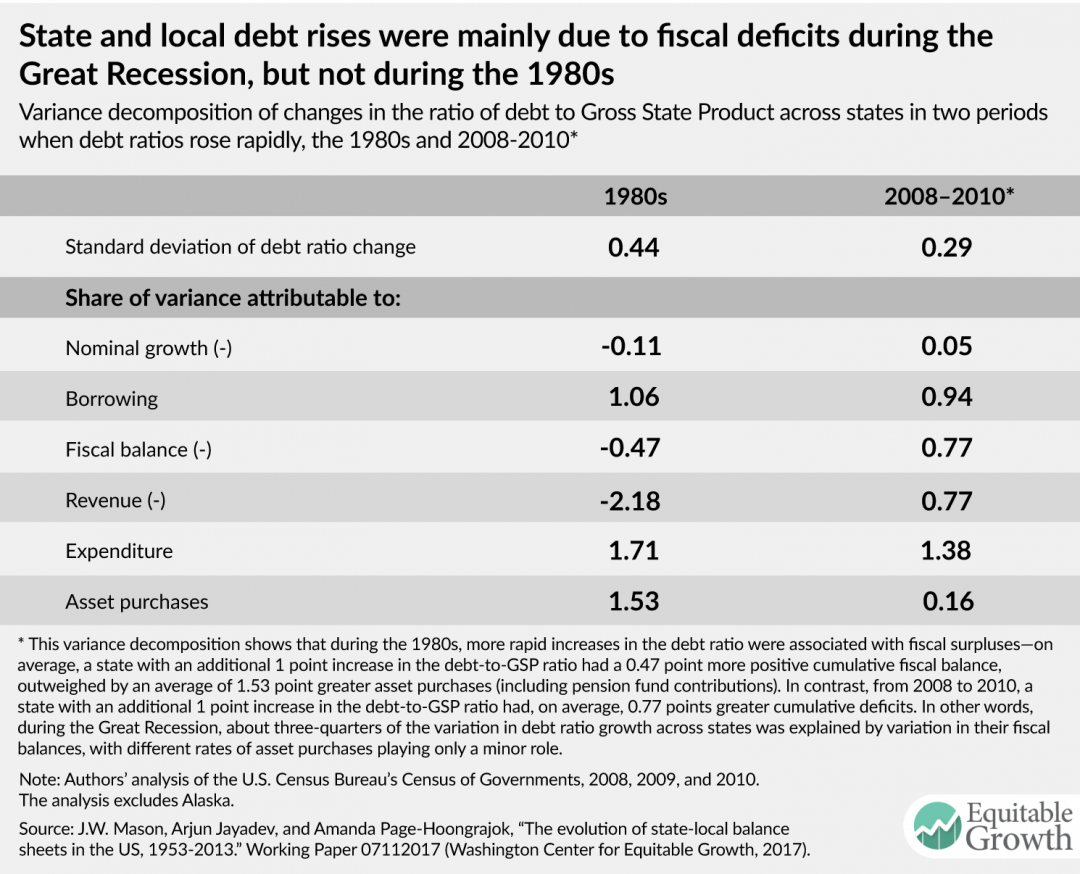Debt-stressed workers and consumers contribute more to U.S. economic growth when offered delayed but long-term debt write-downs instead of short-term debt relief
Overview
Financial distress is extraordinarily common in the United States. More than one-third of Americans at one time or another must deal with debt collectors, and more than 1 in 10 will file for bankruptcy protection at some point during their lives. One reason is that approximately one-quarter of U.S. households are unable to come up with $2,000 to cope with an unexpected crisis such as an accident, medical emergency, or the loss of a job in the household. As a result, there is a widespread view among lenders and policymakers alike that these households’ liquidity constraints are the most important driver of financial distress, and that debt relief will be most effective if it targets these short-run cash constraints faced by workers and consumers.
But in a recent working paper published by the Washington Center for Equitable Growth—“Targeted Debt Relief and the Origins of Financial Distress”—Princeton University economist Will Dobbie and Jae Song of the Social Security Administration find that there are no positive effects for distressed borrowers from immediate payment reductions. Instead, they find that the benefits of debt relief targeting longer-term debt write-downs enable borrowers to cope with unsustainable “debt overhangs” and significantly improve their financial health and labor market outcomes even when they do not take effect for three to five years.
Download FileIssue brief: Alleviating financial distress and its economic consequences in the U.S.
Read the full PDF in your browser
These findings have important implications for understanding both the growing levels of financial distress in the United States and the optimal design of debt relief programs such as those in place to avoid consumer bankruptcy filings. The co-authors’ findings also are germane to the health of the U.S. labor market and the overall U.S. economy. The reason: consumer debt relief programs that are better designed to help distressed borrowers get back on their financial feet over time help ensure that those workers are better able to contribute positively in the labor market over the long term and participate more actively in the U.S. economy as consumers and investors.
The co-authors find that debt write-downs significantly improved both financial and labor market outcomes despite not taking effect for three to five years. The most indebted borrowers who availed themselves of this option were about 12 percent more likely to finish a repayment program than the average borrower and 9 percent less likely to file for bankruptcy. They also were about 3 percent more likely to avoid debt collectors and about 2 percent more likely to remain employed. The positive effects of long-term debt write-downs were also evident to a lesser degree in these borrowers’ improved credit scores, their long-term earnings, and their retirement savings via 401(k) defined-contribution pension plans.
In sharp contrast, the authors find no positive effects for heavily indebted borrowers from minimum debt payment reductions that took effect immediately. In fact, the chances of them meeting a debt collector at their doors increased by more than 3.5 percent and having to file for bankruptcy increased by nearly 7 percent. There also were no detectable positive effects of minimum payment reductions on these borrowers’ credit scores, employment, earnings, or 401(k) contributions. In sum, there is no evidence that these borrowers benefited from minimum payment reductions; there is even some evidence that borrowers seem to have been hurt by the payment reductions.
Study design
Estimating the effects of targeted debt relief is challenging because most debt relief programs are designed to address both short- and long-run financial constraints at the same time. Consumer protection rules and regulations, for example, offer both lower minimum payments (to address short-run, cash-on-hand liquidity constraints) and generous debt write-downs (to address longer-run debt overhangs). As a result, it is very difficult for researchers to predict the effects of specific types of targeted debt relief or to understand the relative importance of addressing short- or long-run financial constraints alone.
The new working paper by Dobbie and Song overcomes these challenges by using information from an actual randomized field experiment matched to administrative tax, bankruptcy, and credit records. The experiment was designed and implemented by a large nonprofit credit counseling organization, Money Management International—the largest nonprofit credit counseling agency in the United States—in the context of an important but understudied debt relief program called the Debt Management Plan.
Each year, Money Management International administers more than 75,000 Debt Management Plans that result in the repayment of nearly $600 million in unsecured debt. Overall, Debt Management Plans enable more than 600,000 individuals to repay credit card issuers between $1.5 billion and $2.5 billion through these repayment programs each year. The debt relief program is one of the most important alternatives to consumer bankruptcy in the United States. (See sidebar.)
Sidebar
To help ensure that creditors benefit from their participation in this repayment program, the counseling agency screens potential clients to assess whether the borrower has sufficient cash flow to repay his or her debts over the three- to five-year period of the repayment program but not enough to reasonably repay his or her debts without the repayment program. In practice, potential clients who pass this screening process have similar credit scores and financial outcomes as bankruptcy filers but more adverse outcomes than the typical credit user in the United States.
The participation of the credit card issuers in a Debt Management Plan is voluntary, and card issuers may choose to participate for only a subset of those borrowers proposed by the credit counseling agencies. In principle, a credit card issuer will only participate in a repayment program if doing so increases the expected repayment rate, presumably because the borrower is less likely to default or file for bankruptcy. Consistent with this view, individuals enrolled in a Debt Management Plan are less likely to file for bankruptcy and less likely to report financial distress than observably similar individuals who are not enrolled in such a plan.
Credit card issuers also can directly refer borrowers to a credit counseling agency if the risk of default or bankruptcy is particularly high. In the study conducted by Dobbie and Song, approximately 15.5 percent of the borrowers learned about Money Management International from a credit card issuer. In comparison, 33.7 percent learned about the firm from an Internet search, 19.8 percent from a family member or friend, and 20 percent from a paid advertisement.
During the experiment, the two researchers evaluated offers by Money Management International to borrowers in both the treatment and control groups of a different repayment program. Borrowers in the control group were offered the status quo repayment program that had been offered to all borrowers prior to the randomized trial. Borrowers in the treatment groups were offered a much more generous repayment program that included a combination of two different types of targeted debt relief:
- Immediate minimum payment reductions meant to address short-run liquidity constraints
- Delayed debt write-downs meant to address longer-run debt overhang
The additional debt relief provided to the treatment group was substantial. The typical minimum payment reduction for the treatment group was more than $26—6.15 percent—larger per month than that in the status quo program, while the typical debt write-down in the treatment group was $1,712—49.17 percent—larger than that in the status quo program. The economic magnitudes of the payment reductions and debt write-downs in the treatment group were also relatively similar as measured by the so-called net present costs to the lender of approximately $440 for the typical borrower.
The live, randomized experiment enabled the two researchers to examine the effects on repayment, bankruptcy, collections debt, credit scores, employment, and savings for borrowers who were able to write down their debts, compared with those who were able to take immediate minimum payment reductions. The researchers find that the debt write-downs significantly improved both financial and labor market outcomes for those borrowers despite not taking effect until three to five years after the experiment. For the most indebted borrowers, the probability of:
- Finishing a repayment program increased by 11.89 percent
- Filing for bankruptcy decreased by 9.36 percent
- Facing a debt collector decreased by 3.19 percent
- Being employed increased by 2.12 percent
The estimated effects of the debt write-downs for credit scores, earnings, and 401(k) savings contributions are smaller but identifiable in the data.
In sharp contrast, the experiment found no positive effects for heavily indebted borrowers from minimum debt payment reductions that took effect immediately. In fact, for these borrowers, the probability of:
- Filing for bankruptcy increased by 6.76 percent
- Facing a debt collector increased by 3.56 percent
There also were no detectable positive effects for borrowers who had immediate minimum payment reductions on credit scores, employment, earnings, or 401(k) contributions for any of the borrowers in the authors’ sample.
In sum, there is no evidence that borrowers benefited from the minimum payment reductions, and even some evidence that borrowers seem to have been hurt by the payment reductions.
For further details, please see:
“Targeted Debt Relief and the Origins of Financial Distress: Experimental Evidence from Distressed Credit Card Borrowers,” by Princeton University economist Will Dobbie and Jae Song of the Social Security Administration, in the working paper series at the Washington Center for Equitable Growth.

 Key takeaways
Key takeaways



